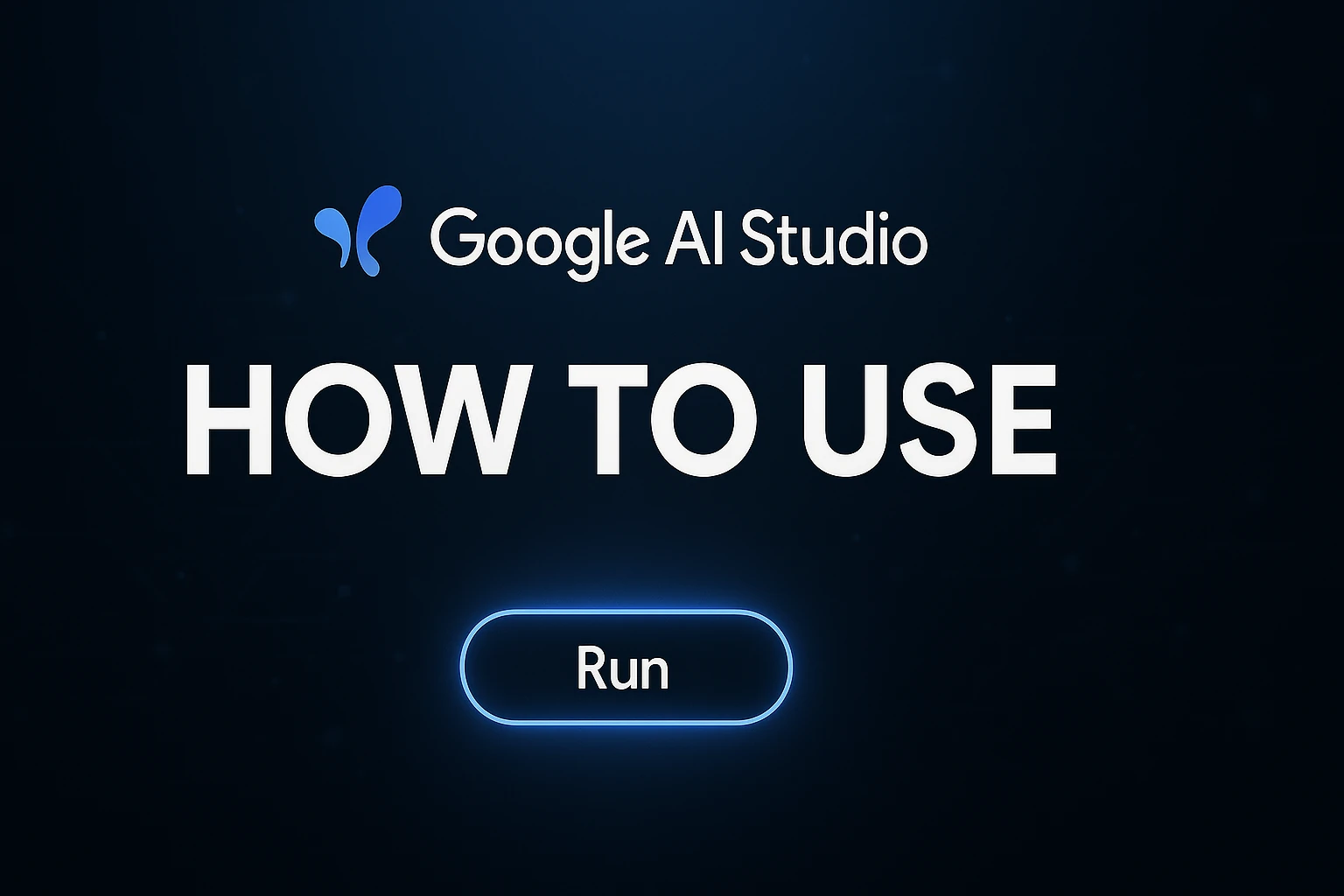Welcome to this comprehensive guide on how to use Google AI Studio, brought to you by Tech Express. Whether you’re a developer, data scientist, or simply someone curious about the fascinating world of artificial intelligence, this article will walk you through everything you need to know to get started with Google’s cutting-edge AI platform. Google AI Studio is a free, web-based sandbox designed to make AI experimentation accessible for users of all levels, providing a hands-on opportunity to interact with some of the most advanced generative AI models available today.
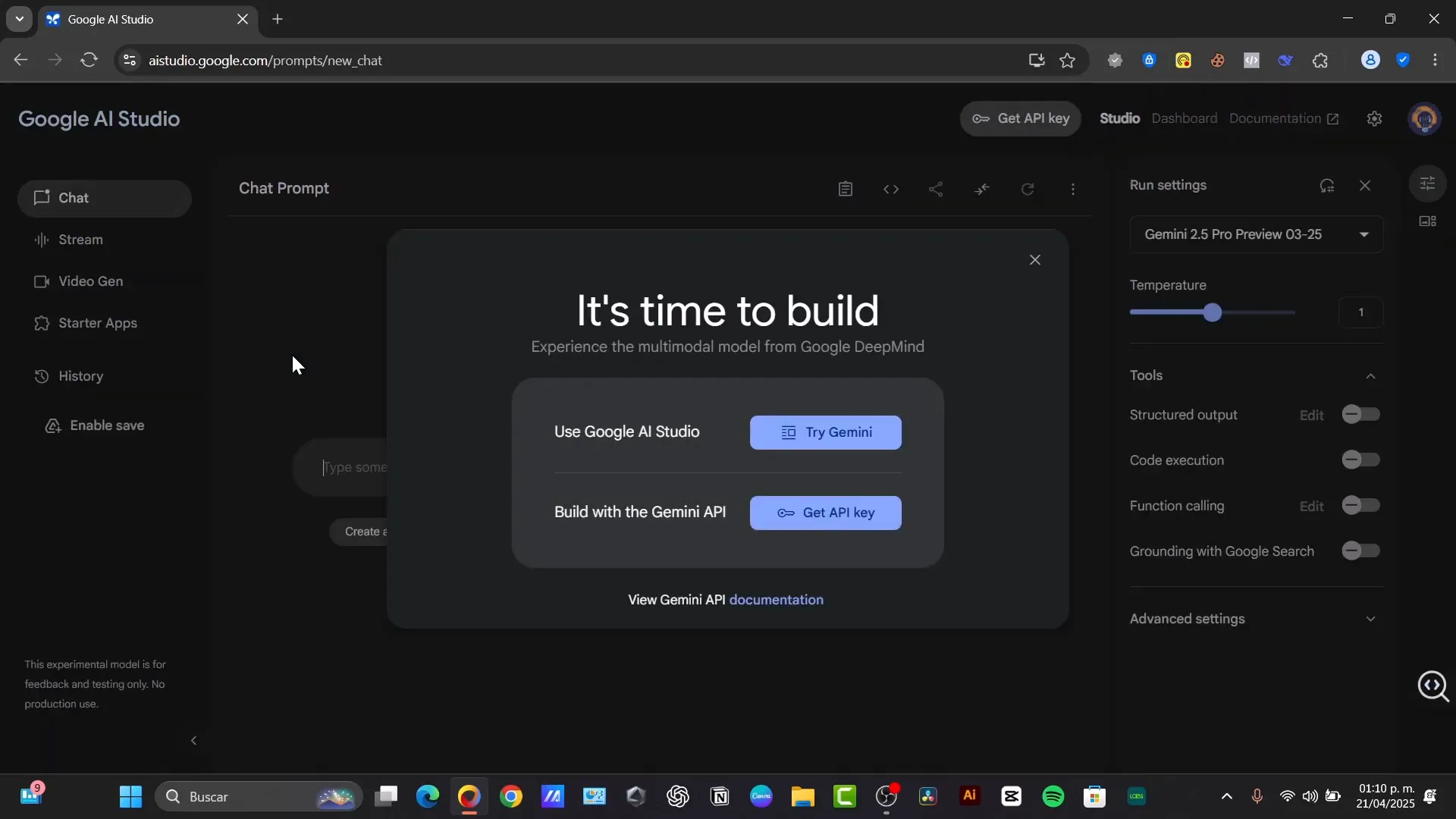
What is Google AI Studio?
Google AI Studio is a versatile, web-based platform that allows users to explore and experiment with Google’s latest generative AI models. Unlike traditional AI development environments that often require deep technical knowledge and complex setups, AI Studio is beginner-friendly and accessible directly through your browser. You don’t need to install any software or have prior experience with AI to start using it.
Think of Google AI Studio as your personal AI playground — a sandbox where you can test AI capabilities, create prompts, generate text, code, images, and more, all powered by Google’s powerful Gemini model family.

Getting Started: Accessing Google AI Studio
Getting started with Google AI Studio is straightforward. Simply open your web browser and navigate to ai.google.dev/studio or enter aistudio.google.com. The platform is completely free to use, making it an excellent resource for anyone interested in artificial intelligence without any financial commitment.
Upon entering the site, you’ll be greeted by the main interface, where you can start typing your instructions or questions for the AI model. Before interacting with the AI, you need to select which Gemini model you want to use. Different models offer unique strengths and capabilities, so you can experiment to find the one that best suits your needs.
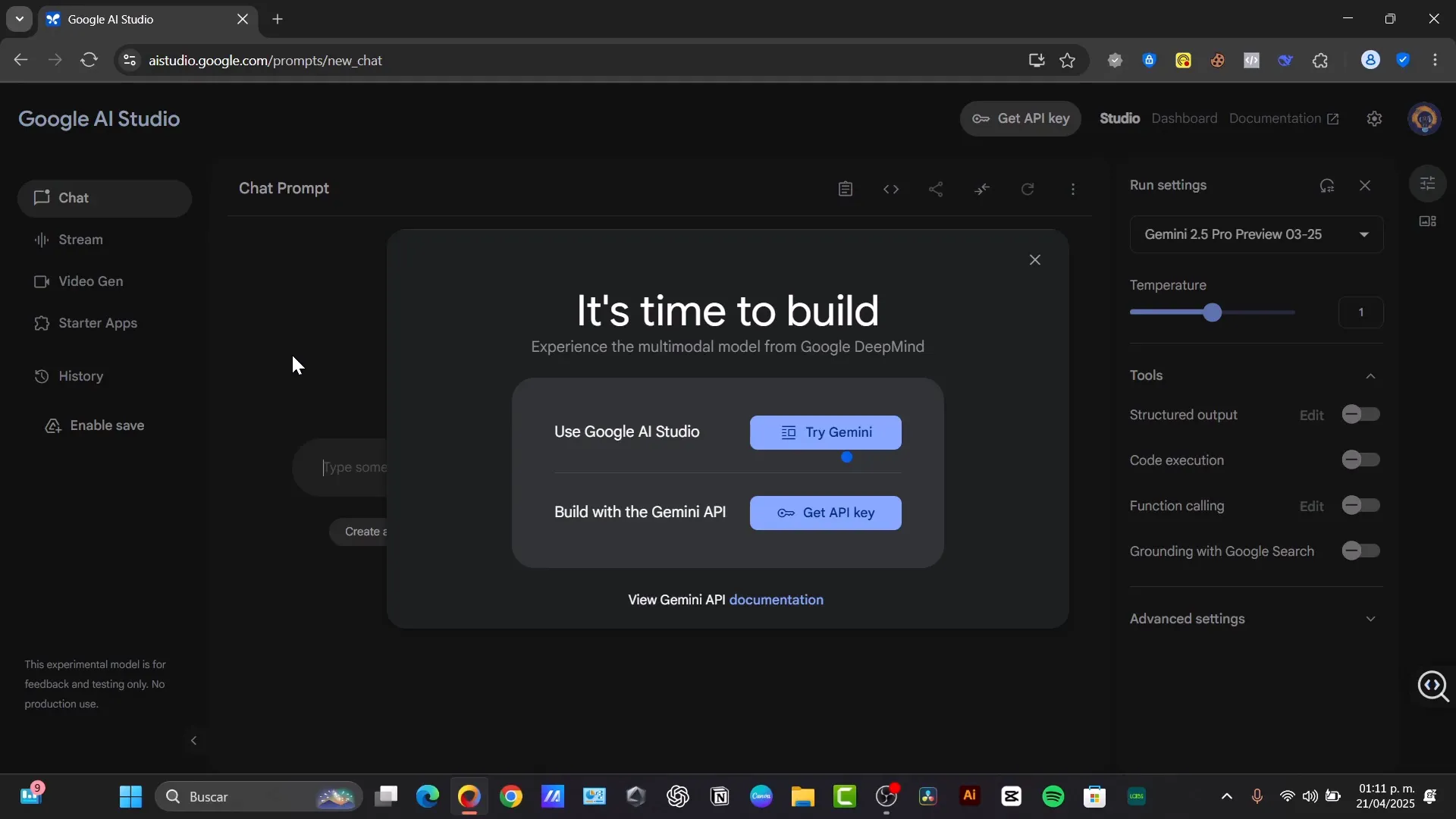
Choosing the Right Gemini Model
The Gemini model family includes several versions, such as 2.5, 2.0, 1.5, and preview models. The default model is usually a great starting point, but you can switch between models to see how the responses vary. Each model differs in complexity, speed, and the creativity of its output, so exploring these options can give you a better understanding of what the AI is capable of.
Exploring the User Interface
The Google AI Studio interface is designed to be intuitive. Here’s a quick tour of its main components:
- Prompt Input Area: This is where you type your instructions, questions, or commands for the AI.
- Model Selection: Choose the Gemini model version for your task.
- Parameter Settings: Customize output parameters like temperature (which controls creativity), max output tokens (which limit response length), and more depending on the task.
- Output Display: View the AI-generated responses here.
- Save and Share Options: Save your prompts and AI responses for later use or share them with others via generated links.
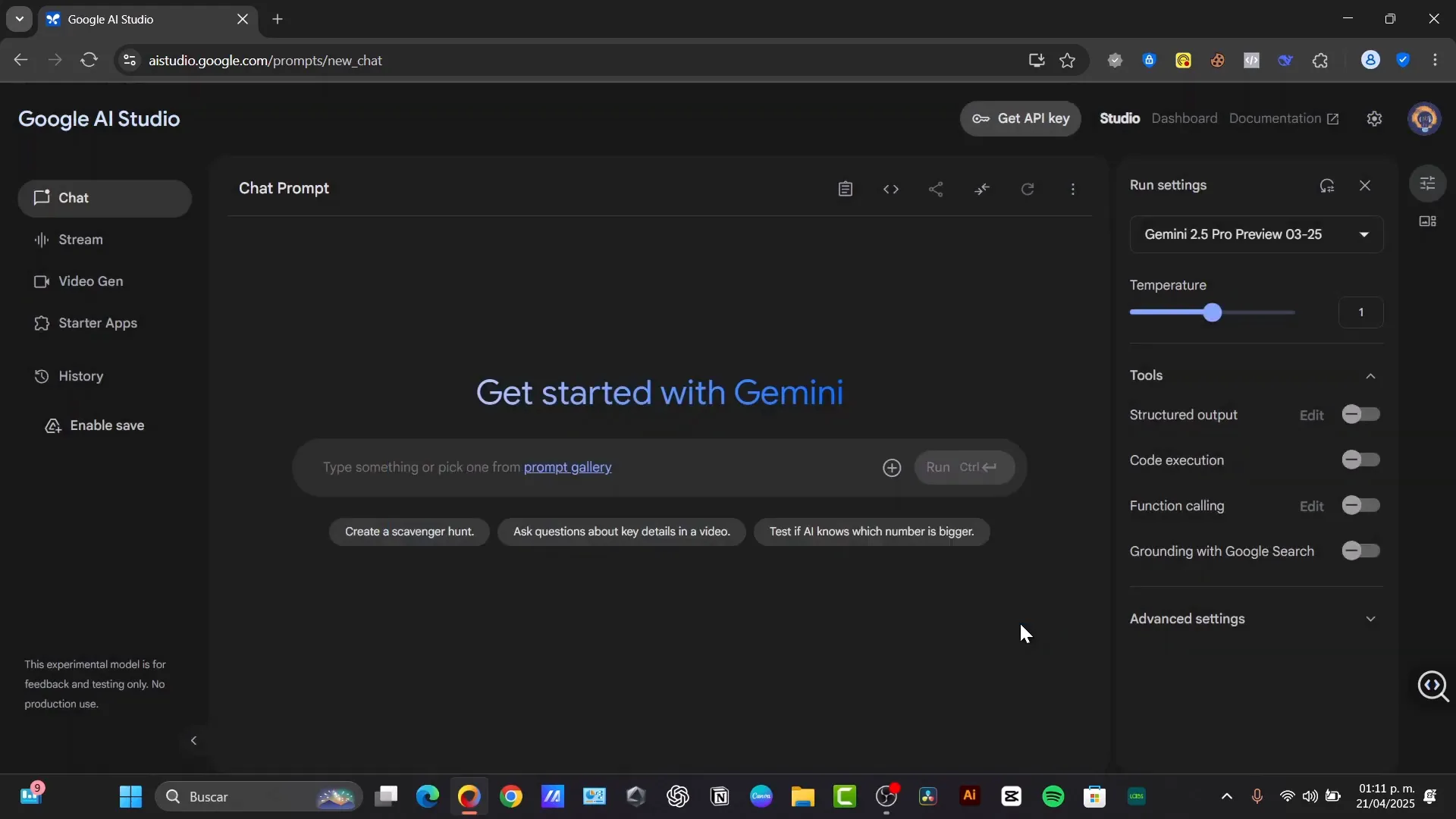
Understanding Key Parameters: Temperature and Max Output Tokens
Two crucial settings in Google AI Studio that you should familiarize yourself with are temperature and max output tokens. These parameters significantly influence the AI’s responses.
- Temperature: This controls the randomness of the AI’s output. A lower temperature (e.g., 0.2) makes the AI’s responses more focused, deterministic, and predictable, ideal for factual or straightforward tasks. A higher temperature (e.g., 0.8 or above) encourages creativity and diversity, which can be useful for brainstorming ideas or creative writing but may sometimes produce less accurate information.
- Max Output Tokens: This limits the length of the AI’s output. If you expect a detailed or lengthy response, increase this value. However, keep in mind that longer outputs consume more processing resources and may take slightly longer to generate.
Adjusting these settings allows you to tailor the AI’s behavior to your specific needs, whether you want concise answers or creative elaborations.
Hands-On with Google AI Studio: Practical Examples
Let’s dive into some practical use cases to understand how you can leverage Google AI Studio for different tasks.
1. Text Generation
One of the simplest ways to start experimenting is with text generation. For example, you can ask the AI to write a short poem about a robot:
Write a short poem about a robot.
After typing your prompt, select the desired Gemini model and click “Run.” The AI will generate a poem based on your request, showcasing its creative language capabilities.
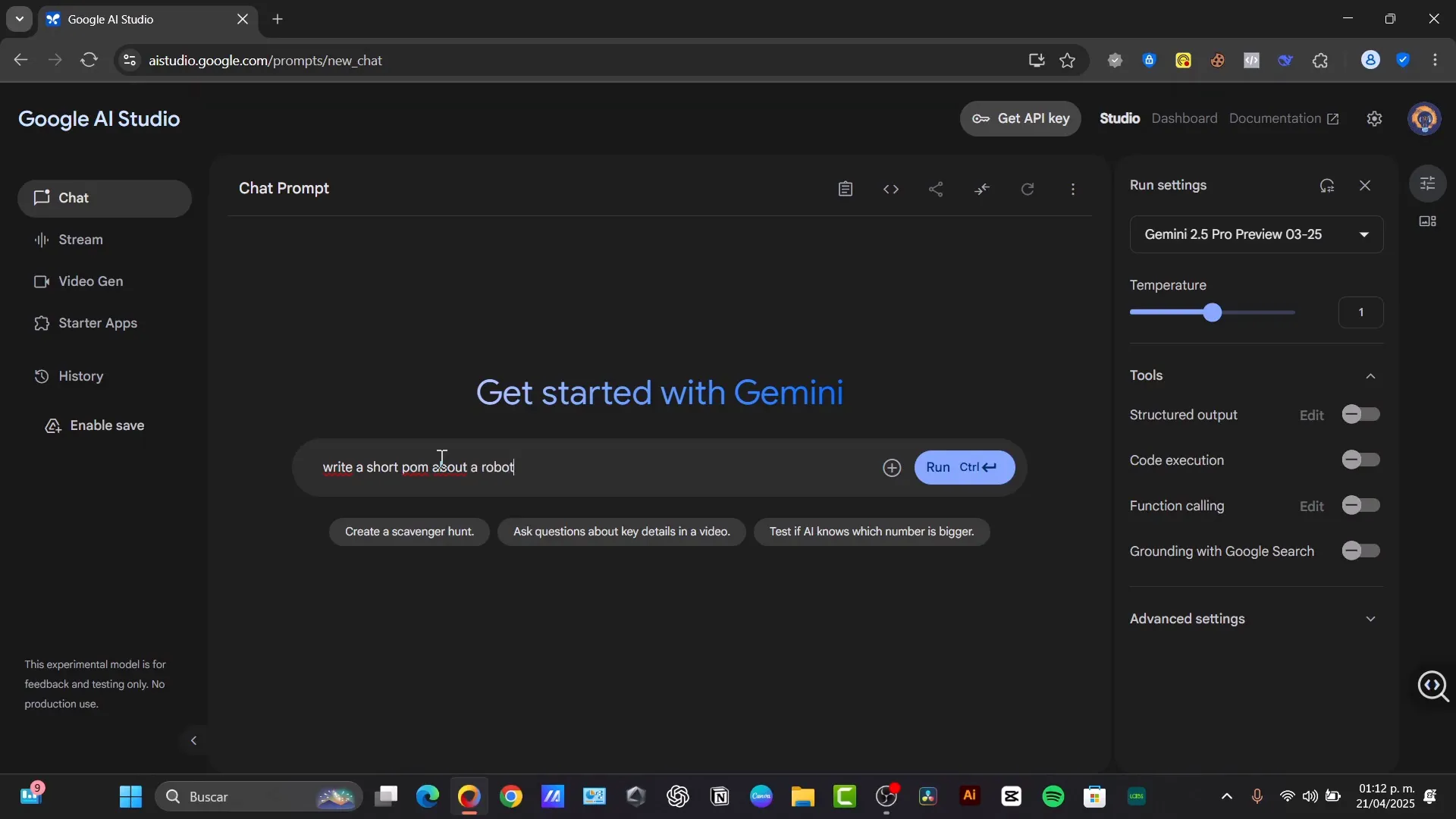
2. Code Generation
Google AI Studio is not limited to text; it can also generate code. This feature is perfect for developers who want quick snippets or solutions. For instance, you can prompt the AI with:
Write a Python function to calculate the factorial of a number.
The AI will respond with a ready-to-use Python function, saving you time and helping you understand coding concepts interactively.
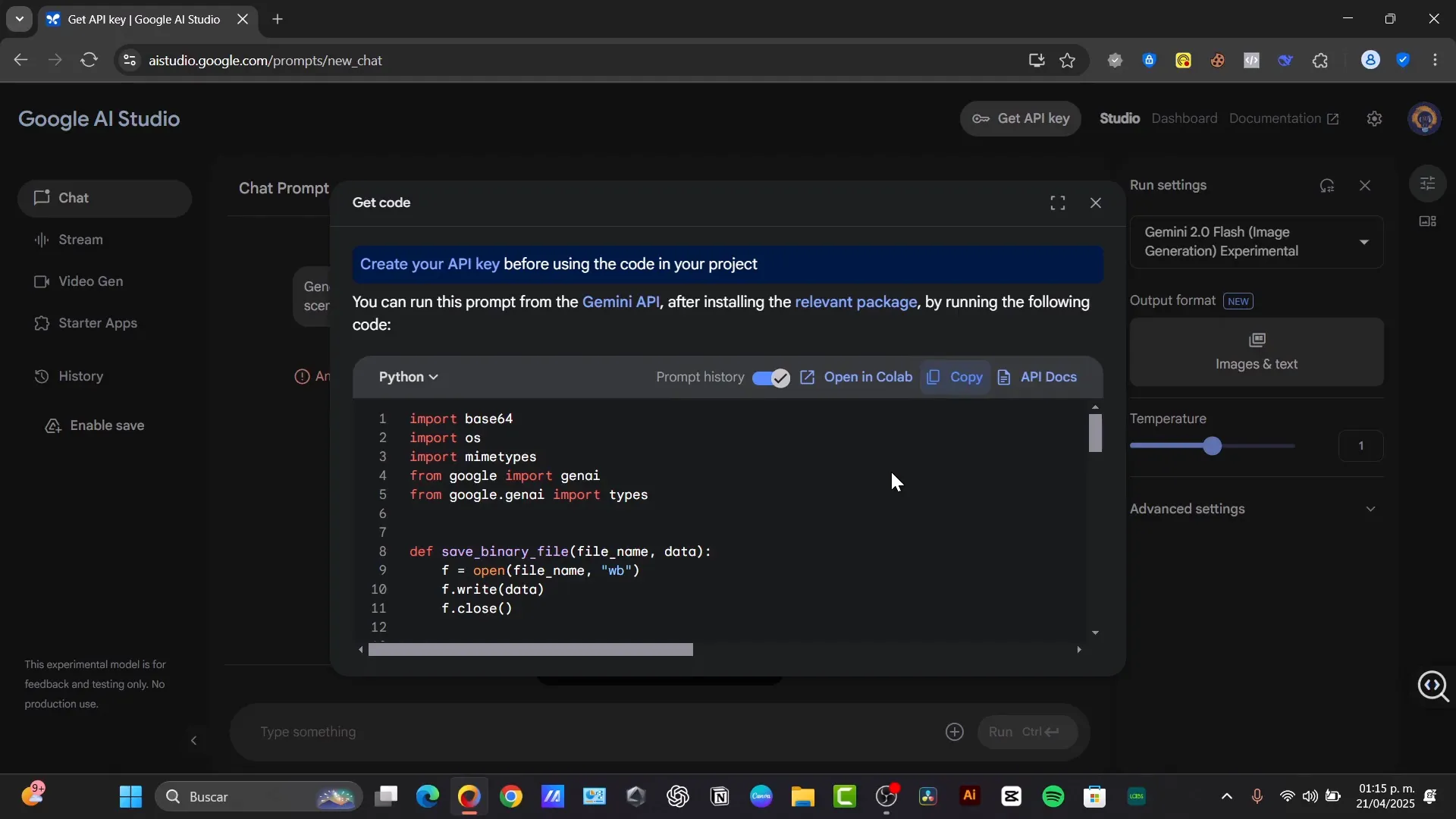
3. Conversational Chat Mode
Some Gemini models support a chat or assistant mode, allowing you to engage in conversational interactions. This mode is ideal for brainstorming, question-answering, or even tutoring on various topics.
Simply select the chat mode and start typing your questions or statements. The AI will respond conversationally, simulating a real dialogue.

4. Image Animation and Generation
Google AI Studio also offers exciting features like image animation and generation. To use these, you might need to grant drive access to store generated images. Once access is granted, you can create animations or generate images based on your prompts.

5. Translation and Summarization
Other powerful tools include translation and summarization. You can input text in one language and ask the AI to translate it into another language. Alternatively, provide a long piece of text and request a concise summary to grasp the key points quickly.

Saving and Sharing Your Work
Google AI Studio allows you to save your prompts and AI-generated responses for future reference. This is especially useful if you are experimenting with different prompts or want to build a library of useful queries.
Simply look for the “Saved” option in the upper side of the interface. Here, you can manage your saved prompts, name them for easy identification, and even share them with others by generating a shareable link.
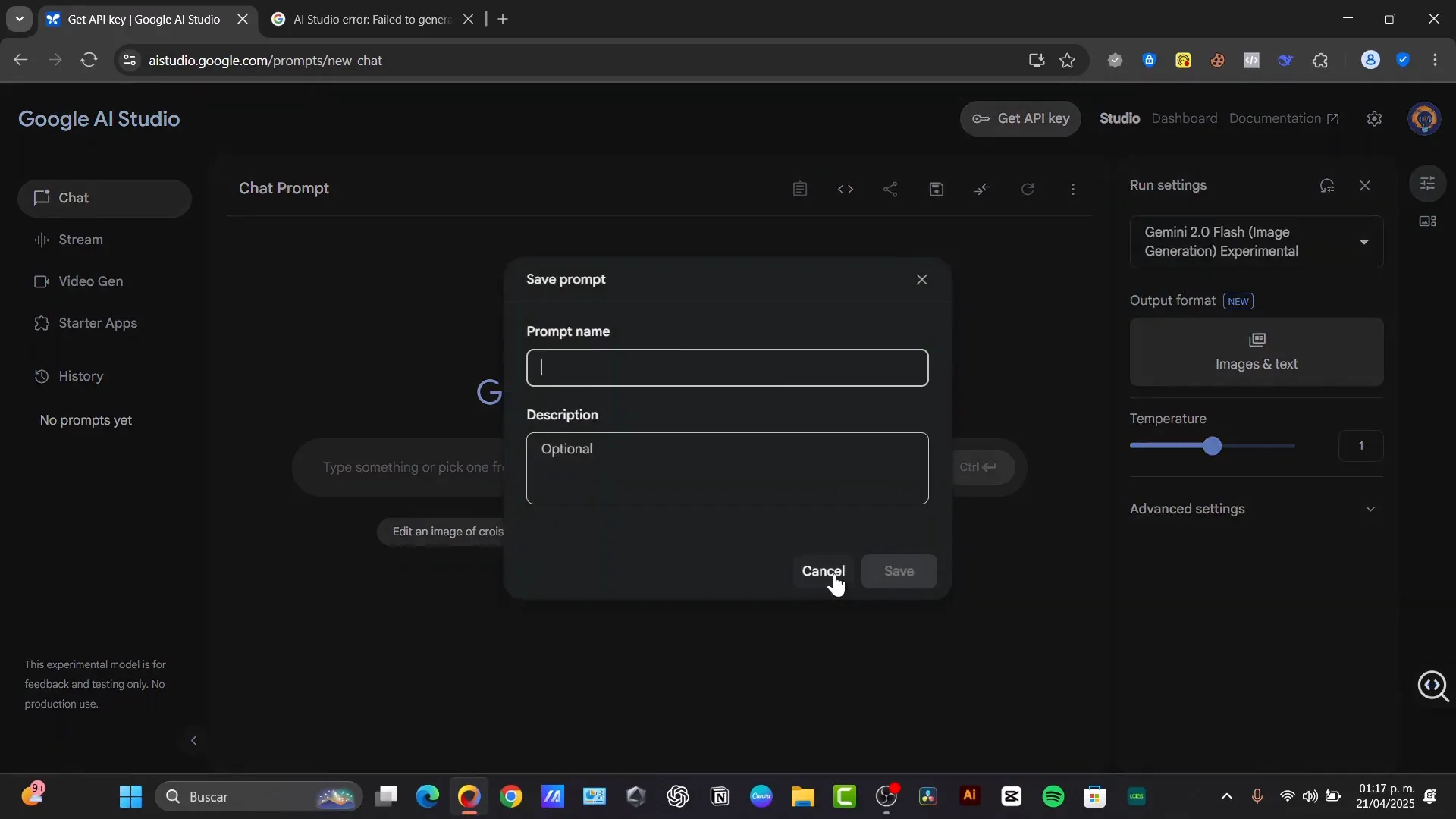
Learning Resources and Documentation
To help you get the most out of Google AI Studio, Google provides extensive resources, including example prompts and detailed documentation. Exploring these resources will deepen your understanding of the AI models and inspire you to create more advanced applications.
Check out the example prompts within the studio to see sample tasks and the kind of responses you can expect. The official documentation offers in-depth explanations, best practices, and advanced features that can elevate your AI experimentation to the next level.
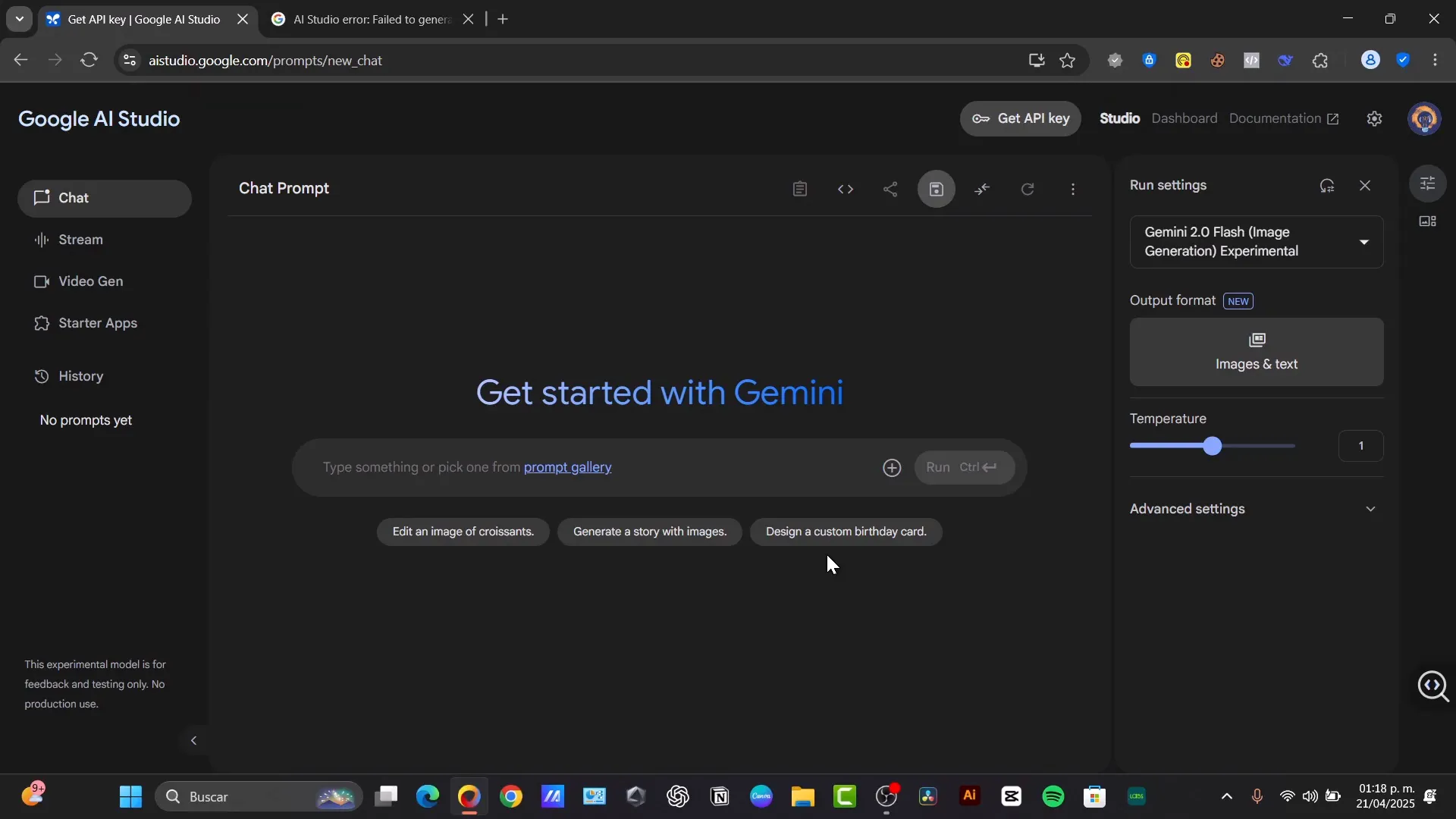
Best Practices for Using Google AI Studio
As you begin your journey with Google AI Studio, here are some tips to maximize your experience:
- Start Simple: Begin with basic text prompts to get a feel for the AI’s responses before moving on to more complex tasks.
- Experiment with Parameters: Adjust the temperature and max tokens to see how the AI’s output changes. This will help you tune results for your specific needs.
- Use Clear Prompts: The more precise and clear your instructions, the better the AI will perform.
- Save Useful Prompts: Keep track of prompts that work well so you can reuse or refine them later.
- Respect Resource Limits: While exploring, be mindful of processing power and token limits to avoid unnecessary delays.
Conclusion: Your First Step into Generative AI
Congratulations! By following this guide, you have taken your first step into the exciting world of generative AI using Google AI Studio. This platform offers endless possibilities for creativity, coding, translation, summarization, and much more—all accessible to beginners and professionals alike.
Whether you want to build AI-powered applications, automate tasks, or simply explore the capabilities of modern AI, Google AI Studio is a fantastic place to start. Remember, the key to mastering AI is experimentation, so keep trying new prompts, adjusting parameters, and learning from the results.
We hope this guide has empowered you to confidently explore how to use Google AI Studio. If you found this content helpful, please share your experiences and questions in the comments below. Happy experimenting!
Frequently Asked Questions (FAQ)
What is Google AI Studio?
Google AI Studio is a free, web-based platform that allows users to interact with Google’s generative AI models. It provides tools for text generation, code writing, chat interactions, image animation, translation, summarization, and more.
Do I need programming skills to use Google AI Studio?
No. Google AI Studio is designed to be beginner-friendly. You can start experimenting with simple text prompts without any coding experience.
How do I choose the right Gemini model?
Different Gemini models offer varying balances of creativity, speed, and accuracy. The default model is a good starting point, but you can switch between versions to see which works best for your task.
What does the temperature setting do?
Temperature controls the randomness of the AI’s output. Lower temperatures produce more focused and predictable responses, while higher temperatures encourage creativity and diversity.
Can I save and share my AI prompts and responses?
Yes. Google AI Studio allows you to save your prompts and responses and share them with others via generated links.
Where can I learn more about Google AI Studio features?
Google provides extensive documentation and example prompts within the AI Studio platform, which are excellent resources to deepen your understanding and explore advanced features.

Meet Gordon, a prominent authority in the realm of autonomous AI, whose exceptional insights are shaped by a distinguished career as the Chief AI Officer of a leading tech company. With a solid academic foundation rooted in his education at Imperial College London, Gordon’s journey into the fascinating world of artificial intelligence has been nothing short of remarkable. His role as a pioneering strategist and innovator in the field has propelled him to the forefront of AI’s rapid evolution, where he continues to shape the future of intelligent automation.
Beyond the boardrooms and laboratories, Gordon’s life in Camden Town, London, adds a touch of whimsy to his otherwise tech-driven world. Amidst the bustling streets of this vibrant neighborhood, Gordon finds solace in the company of his three beloved dogs, a testament to his passion for both AI and the simple joys of life. Join us as we delve into Gordon’s world, where the juxtaposition of cutting-edge AI and the charms of Camden Town paint a vivid portrait of a remarkable individual at the heart of the autonomous AI revolution.


